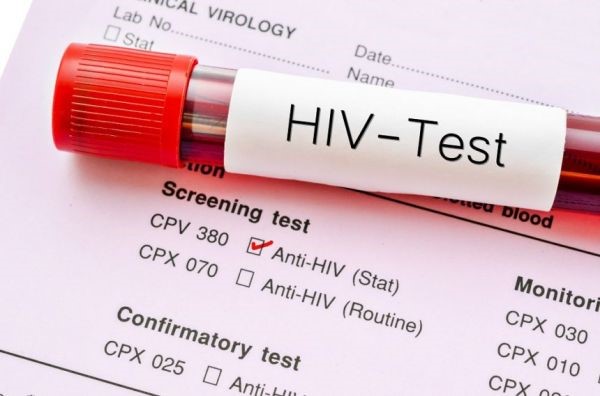* In children aged – 14 years
Story: News DESK
Some 5,200 new infections of HIV were recorded in children 0-14 out of a total population of about 19,000 in 2020; Dr. Stephen Ayisi Addo, Programmes Manager, National AIDS/STI Control has disclosed.
He said data from the 2020 HIV Sentinel Survey conducted by the Ghana Aids Commission further revealed that out of the number, 18 percent were females.
According to him, since the first case of HIV in 1988, there were currently 346,120 people leaving with HIV as at the end of 2020, with 66 percent of the figure being females and about eight percent children aged 0 – 14.
Dr Ayisi Addo, speaking at the seventh “Ghana News Agency Tema Regional Office’s Stakeholder Engagement and Worker Appreciation Seminar,” said the situation called for enhanced education at all levels in order to nip the phenomenon in the bud and safeguard the younger population. The Stakeholder Engagement is a platform rolled-out for state and non-state actors to address national issues and serves as a motivational mechanism to recognize the editorial contribution of reporters towards national development in general and growth and promotion of the Tema GNA as the industrial news hub.
He said new cases of HIV were being recorded amongst persons 15-19 years, which meant that new infections were appearing in the younger age group, revealing that there was some interaction between younger people and older persons in terms of sexual engagements.
NACP had observed that persons who were cohabiting had the highest prevalence of 3.5 percent, while singles accounted for 3.1 percent and married people 2.5 percent.
The figure, he said, showed that being single had a high risk and compared to cohabiting, which was higher because of its casual nature and coupled with the fact that people had multiple sexual partners making their risks of HIV infection even higher.
“Such persons easily get pregnant, often with different partners; but singles also had a higher prevalence compared to married people as formal marriages were seemingly protective with a comparatively lower risk,” he added.
Dr. Ayisi Addo noted that the younger people continued to have some risk of HIV transmission despite the fact their prevalence compared to age 15-24 with a 1.1 percent prevalence, was lower than very old people with a prevalence rate of seven percent.
He said as one aged, the risk of HIV was higher, adding that the Survey considered persons living with HIV with a possibility that pregnant woman who came to deliver may have been positive before delivery since fertility at age 45 was low as compared to age 19.




